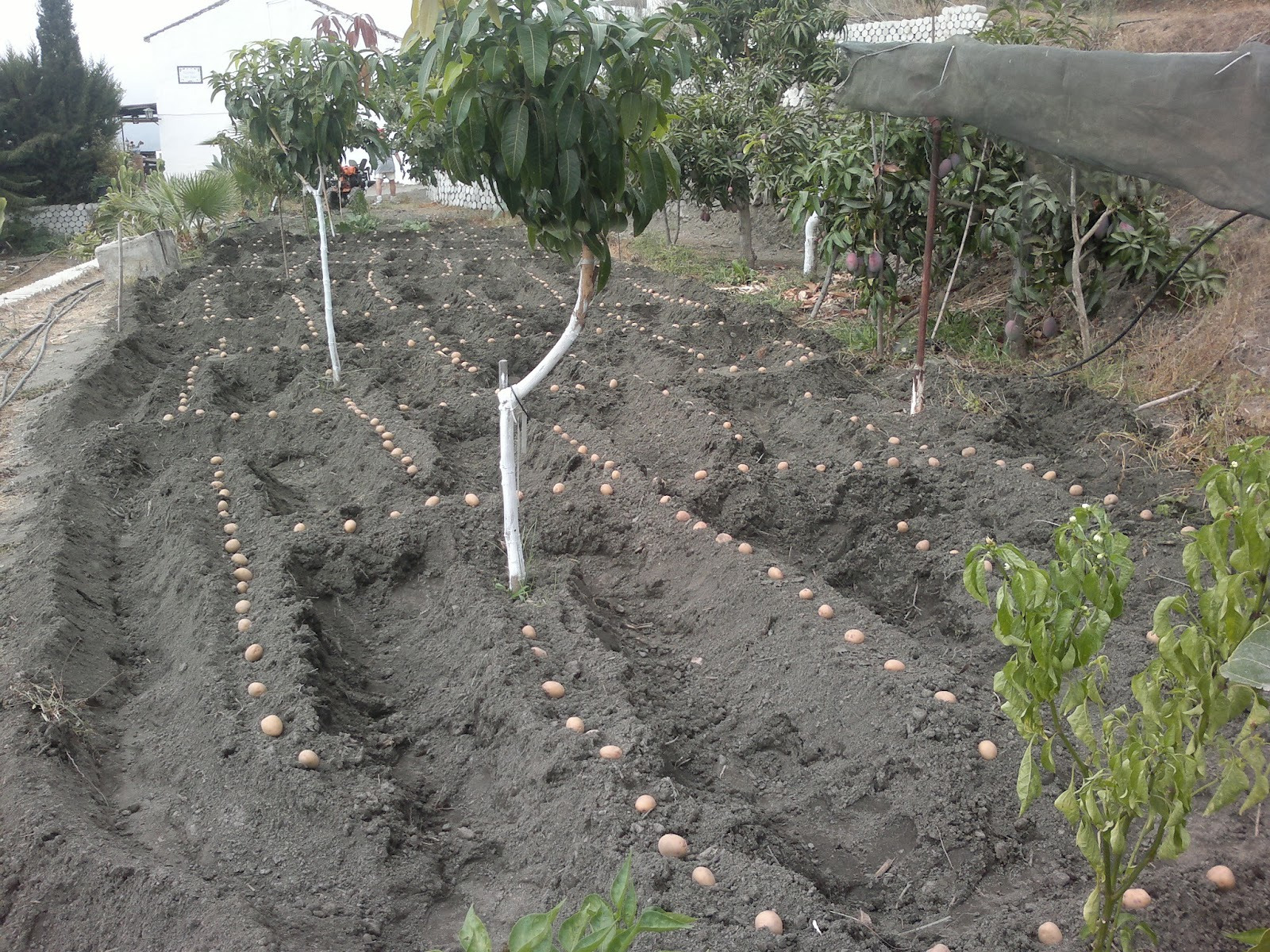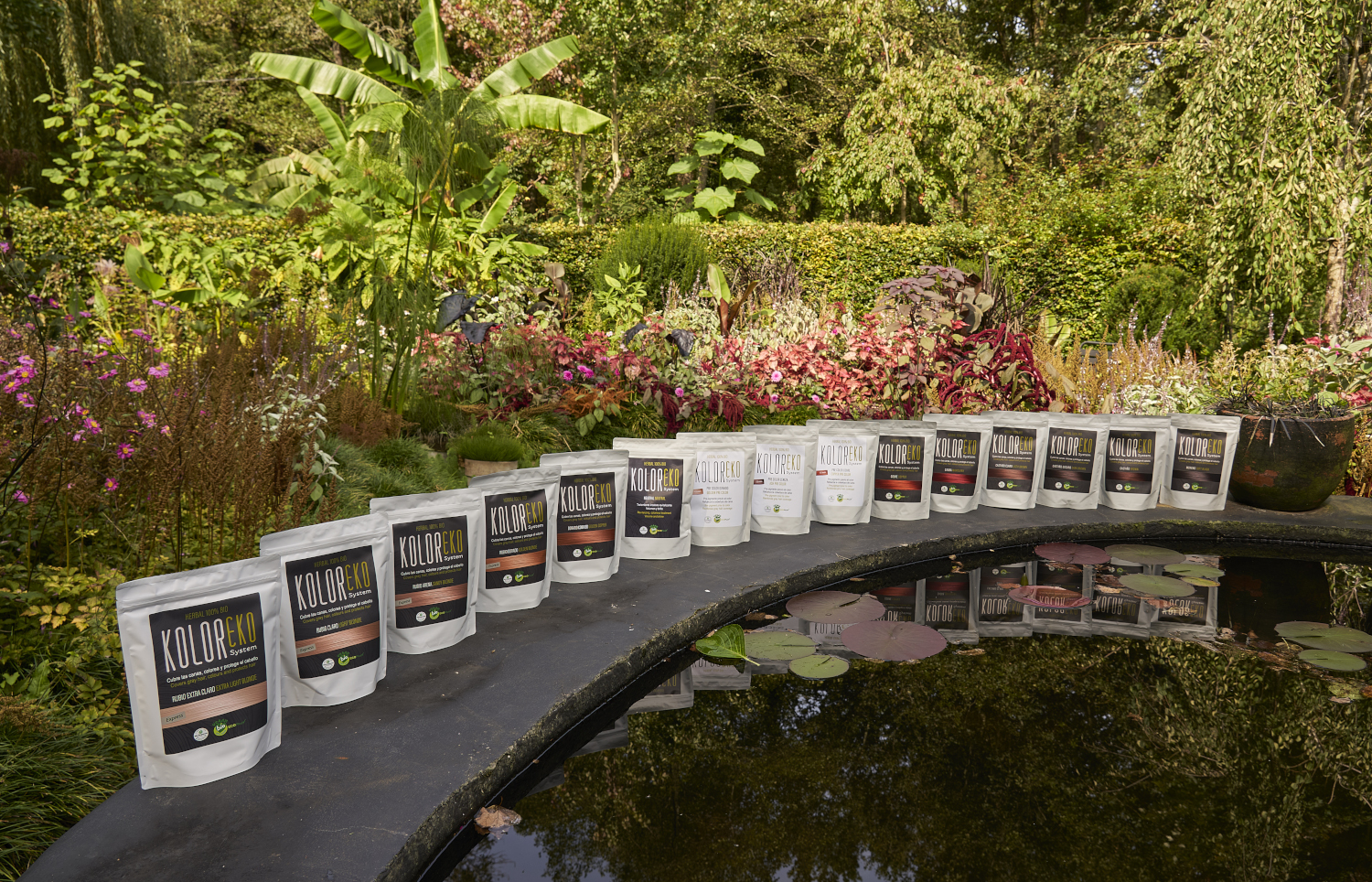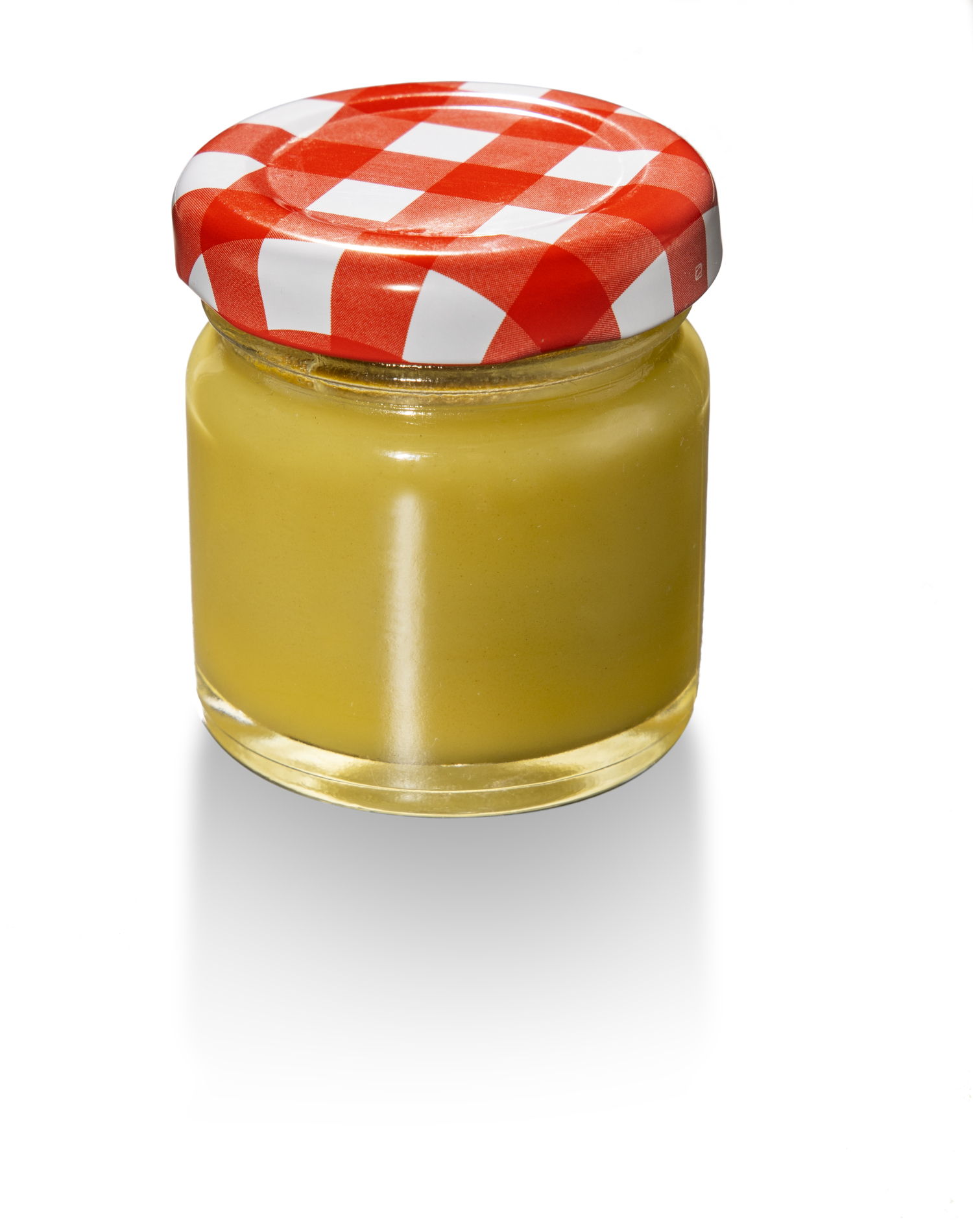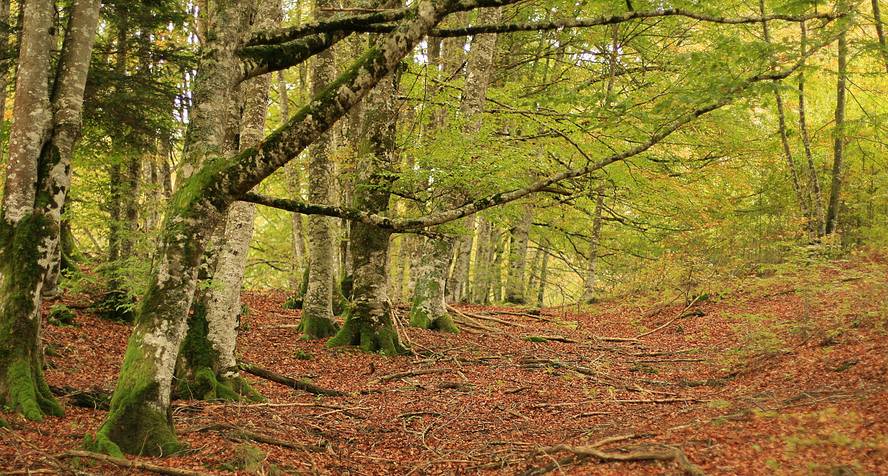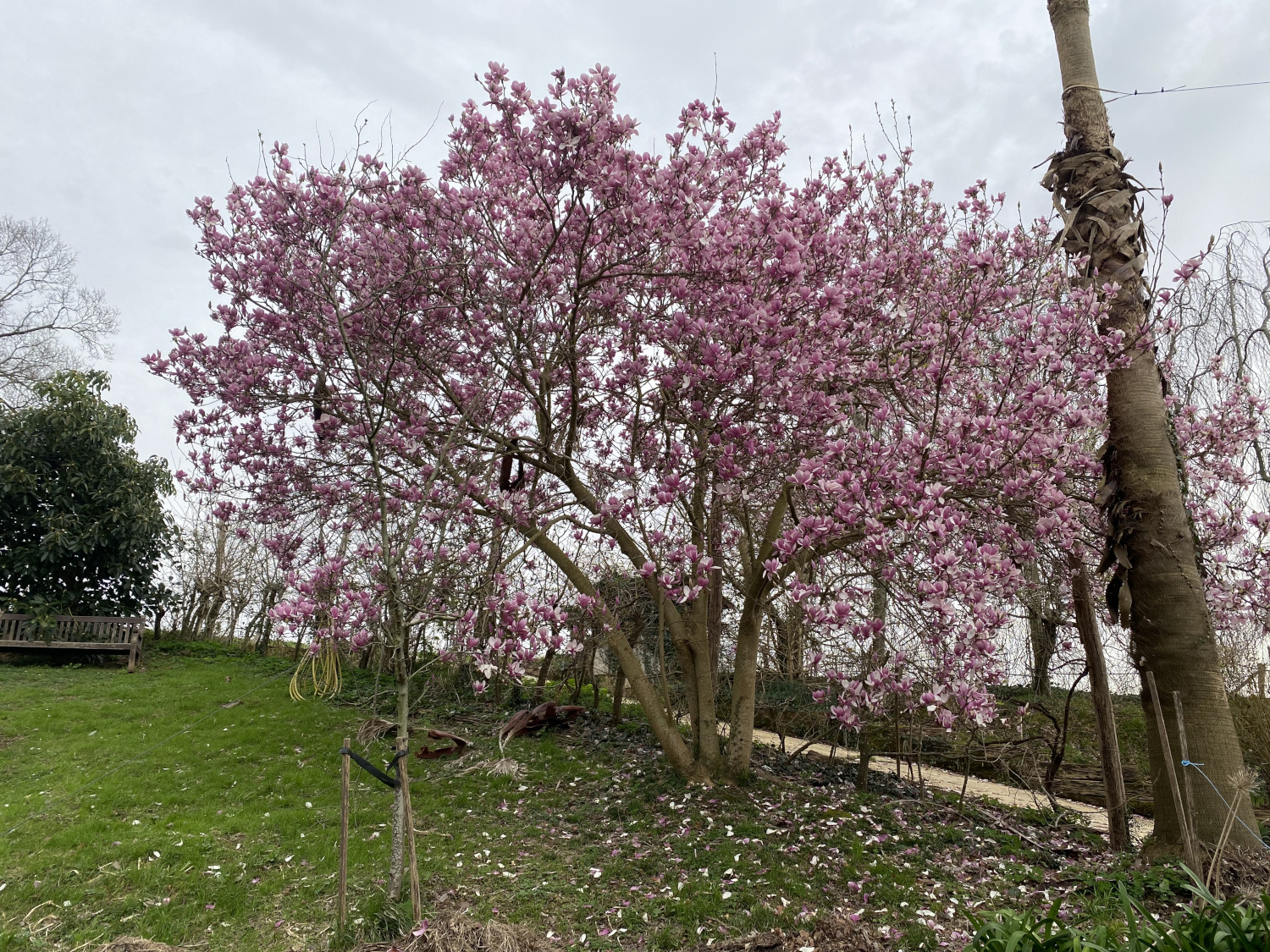Spring with joy and warmth
- The priest opened the door to spring. With the celebrations of Holy Week (celebrable) organizing black processions, fasting and fear, enough to calm the passions of spring and bloodshed. In the capyrotes or capyrotes of processions frighten anyone who wants to enjoy spring. They define us as a peak. By then we have danced very well at the entrance to the spring, when the pipitta, which is about to open the spring, is a sweet pipitta with tunturro tips or cap, but with its face, in the carnivals, with joare, even in the witch dances of the Oria. However, this week of religious comes when spring is getting more complicated. To crush and torment the celebrations of an ancient era, they enter in spring and wait for the first full moon, hence their mobility. The priest of Azkoitia, Nemesio Etxaniz Aranbarri, explained in his book Lur berri billa de 1967: “The beautiful altar in the golden light / has primed flower; / The sweet vapours of incente / We have smelled gais”.

Priests prefer spring to priests: white nerve priests (Arum italicum) and granular priests (Arum maculatum). Each month of March explain from the underground bulbs the short era of the flower, at whose end the sword (Zantedeschia aethiopica) and the white candle (Spathiphyllum wallissi), a greenish white sword in the form of cordotx, appear very easily. Every year, many beautiful people appear immortal.
Fresh spring nights come to warm priestly grass or snake grass, a heating system invented long ago. The flower is large and shaped like a cone. Inside it houses fertile flowers and hair closures. Its smell is attractive to attract pollinator insects and, most surprisingly, the flower cordita collects the heat from the sun and raises the temperature inside the cone. Insects will not be introduced: pollen, aroma and heating. These films will not let them escape and pollination will be guaranteed. The sword is then removed from the flower, the smells are removed and the warmers that close the jail with the heat are weakened and the insects escape. The flowers inside the cone give the set of fruits that they call “snake food” or “snake corn”: we clothe red mur. All poisonous, pads and leaves. The underground bulb is also almost exclusively starch and can be eaten: peeled and soaked, baked or heated regularly. Warming destroys the poison. There are those who eat at ease without the need to heat the bulb: the wild boar. As soon as spring is smelled, when the priestly herb explains the flower, he knows that at his foot the earth is wandered and the whim will appear: the bulbs of the foam.
Udaberrian orain dela egun gutxi sartu gara eta intxaurrondoa dut maisu. Lasai sentitzen dut, konfiantzaz, bere prozesuan, ziklo berria hasten. Plan eta ohitura berriak hartu ditut apirilean, sasoitu naiz, bizitzan proiektu berriei heltzeko konfiantzaz, indarrez, sormen eta... [+]
Ohe beroan edo hotzean egiten da hobeto lo? Nik zalantzarik ez daukat: hotzean. Landare jaioberriek bero punttu bat nahiago dute, ordea. Udaberriko ekinozio garai hau aproposa da udako eta udazkeneko mokadu goxoak emango dizkiguten landareen haziak ereiteko.
Duela lau urte abiatu zuten Azpeitian Enkarguk proiektua, Udalaren, Urkome Landa Garapen Elkartearen eta Azpeitiako eta Gipuzkoako merkatari txikien elkarteen artean. “Orain proiektua bigarren fasera eraman dugu, eta Azkoitian sortu dugu antzeko egitasmoa, bere izenarekin:... [+]
Itsasoan badira landareen itxura izan arren animalia harrapari diren izaki eder batzuk: anemonak. Kantauri itsasoan hainbat anemona espezie ditugun arren, bada bat, guztien artean bereziki erraz atzemateko aukera eskaintzen diguna: itsas-tomatea.
Aurten "Israel Premier Tech" txirrindularitza talde israeldarra ez da Lizarraldeko Miguel Indurain Sari Nagusia lasterketara etorriko. Berri ona da hori Palestinaren askapenaren alde gaudenontzat eta munstro sionistarekin harreman oro etetea nahi dugunontzat, izan... [+]
Donostiako Amara auzoko Izko ileapaindegi ekologikoak 40 urte bete berri ditu. Familia-enpresa txikia da, eta hasieratik izan zuten sortzaileek ile-apainketan erabiltzen ziren produktuekiko kezka. “Erabiltzaileen azalarentzat oso bortzitzak dira produktu gehienak, baina... [+]
Ugaztunei eskainitako azken artikuluaren amaierako hitzak hurrengo animalia aurkezteko aitzakia paregabea dira. Bertan esaten genuen muturluzeak erreka “garbi eta txukunak” behar dituela, kutsadurarik gabeak baina elementu natural anitzekin. Animalia txiki horren... [+]
Bada Borda bat ilargian. Bai, bai, Borda izeneko krater bat badu ilargiak; talka krater edo astroblema bat da, ilargiaren ageriko aldean dago eta bere koordenadak 25º12’S 46º31’E dira; inguruan 11 krater satelite ditu. Akizen jaiotako Jean Charles Borda de... [+]
Sare sozialen kontra hitz egitea ondo dago, beno, nire inguruan ondo ikusia bezala dago sare sozialek dakartzaten kalteez eta txarkeriez aritzea; progre gelditzen da bat horrela jardunda, baina gaur alde hitz egin nahi dut. Ez ni optimista digitala nauzuelako, baizik eta sare... [+]
Mila milioika mintzo dira agintariak. CO2 isurketak konpentsatzeko neurri eraginkor gisa aurkeztuta, zuhaitz landaketei buruzko zifra alimaleak entzuten dira azken urteetan. Trantsiziorako bide interesgarria izan zitekeen, orain arteko oihanak zainduta eta bioaniztasuna... [+]
Kutsatzaile kimiko toxikoak hauteman dituzte Iratiko oihaneko liken eta goroldioetan. Ikerketan ondorioztatu dute kutsatzaile horietako batzuk inguruko hiriguneetatik iristen direla, beste batzuk nekazaritzan egiten diren erreketetatik, eta, azkenik, beste batzuk duela zenbait... [+]
Magnoliak eleganteak dira. Dotoreak. Anddereak. Pontxoak. Apainak. Pimentak. Gurbilak. Ponposak, ponpoxearrenak. Ortiroak. Ia-ia fazazkoak, kriket eta kraket. Ez naiz harritzen, beren loraldien azpian lurrarekin urtzerainoko handitasunaren menpeko sentitzen naiz urtero.










